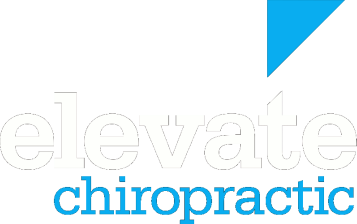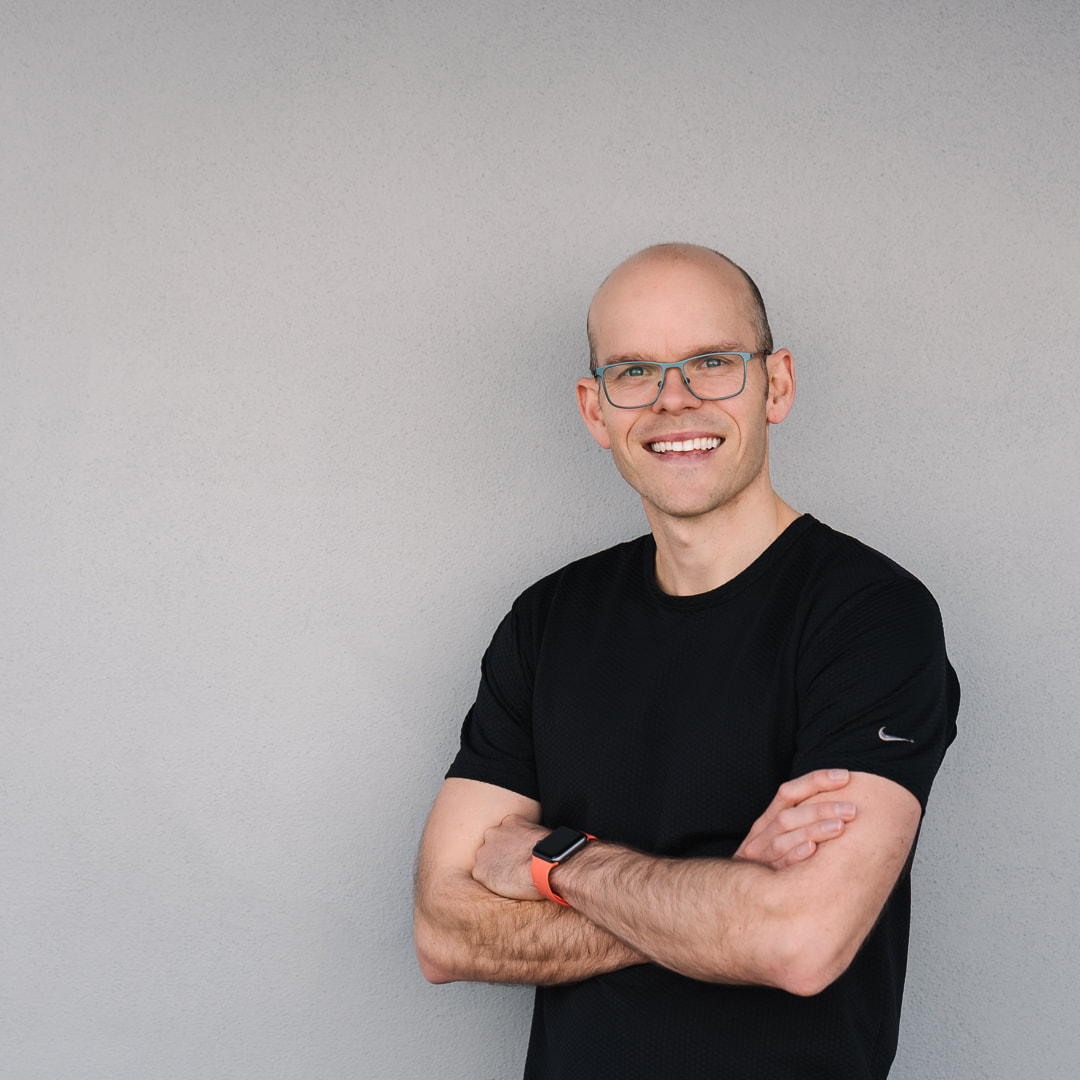Bicycle crunches
This exercise is often done fast and can put a lot of twisting motion through the lower back. A combination of lower back flexion and twisting can lead you to be prone to disc herniations. In the article, they suggest that if you feel you have to do this exercise, do it slowly. Crunches in general can put extra stress through your lower back. There are heaps of ways you can work your core without adding extra stress to your lower back. If you want to learn more of these, please ask.
Lat pull downs behind the head
Doing this exercise behind your head can put a lot of extra stress on the shoulders. This can lead to shoulder capsule and Rotator Cuff injuries, plus others. Doing this exercise in front of the head is a safer option. If you are feeling shoulder discomfort during the exercise, make sure you get it assessed. There may be an underlying problem or a better exercise for you.
The kettle bell swing
This is a great exercise and I love it, however it is often done poorly. The power of the movement should come from your glutes and hamstrings and not the shoulders. Using your shoulders to swing the weight could lead to shoulder injuries. If you want to try this exercise, make sure you get proper instruction first.
Bent over rows
Another great exercise if done correctly. Make sure you are not rounding your back when doing this exercise, you want to make sure your lower back is not in flexion. If it is, you are prone to possible disc injuries. You need to hinge from the hips keeping the lower back flat and stable. Rounding the lower back can also force your shoulders forward and can open you up to a potential shoulder injury.
Deadlifts
This is a fantastic exercise when done correctly. One of the most common cause of injuries during this exercise is rounding the back when picking up and putting the weight down. Rounding the back whilst under load can certainly open you up to potential injury. John Gallucci, a physical therapist, said in the article, “if the weight isn't distributed through the feet properly and is shifted too far forward, then the glutes and hamstrings won't fire and the lumbar extensors are overworking, which again could result in a low back spasm,"
Overhead squat
This is a tough exercise and one that I am not comfortable doing myself. If you are not sure what it is, it is a squat with a bar in a press position (arms extended) above your head. To do this correctly you require great joint motion in the hips, knees, ankles and shoulders. A lot of people get squats wrong so adding an overhead press just adds to the potential problems. You definitely need proper instruction to do this exercise safely. If you are doing it, Alison McGinnis (a physical therapist) said "Stop when your low back starts to arch excessively, your knees drive forward past your toes or your arms move forward, whatever depth that is, that is the bottom of your squat"
Backward medicine ball tosses (against a wall)
This exercise is not one that I see often, but is rotating behind you and throwing a medicine ball against a wall. Jason D’Amelio said in the article that it is never a good idea to forcefully rotate your spine backward. I tend to agree with him. He recommends opting for medicine ball throws for rotary power, but only laterally and throwing the ball forward.
Seated leg extension
In the article, Joe Tatta (a physical therapist) says "Using a leg extension machine isn't functional -- there is no natural movement in life were you sit and straighten your knee with a 100-pound load against it”. This exercise can put extra stress across the knee and patella. He suggests trying squats instead as a better option.
The pull up
Again this is a great exercise when done properly. To do it properly you need to activate the lats which a lot of people find difficult and are often not strong enough. If you aren’t doing them properly, your body will compensate and use other muscles, such as the upper Trapezious and Pecs, which can lead to chest tightness and possible shoulder injuries. If you find pull-ups difficult, there are ways of helping make them easier until your strength builds. Make sure you seek proper advice to help with this.
The preacher curl
This exercise is great for isolating the bicep muscles, but the position of it can put other parts of the body at risk. David Reavy (a physical therapist) says in the article, "There is no stabilization of your core or lats because your shoulder blades are out of place and you are in a forward posture. You are strengthening in a bad position." He suggests to try bicep curls in a half-kneeling position. This will enforce good posture and core activation during the exercise.
What to take from this
There you have the 10 exercises that are likely to put you at risk of injury. As I mentioned earlier, the key thing with all of these exercises is technique. You need to have good technique to avoid injuries. Some of these exercises are quite advanced and to do them safely you will need to have good underlying strength and stability. Building up this stability is not always fun, but it is a necessary step in the process. You also need to have good movement patterns. For example there is a safe way to bend forward and an unsafe way to bend forward. If you need advice on this, please ask. Once your movement patterns are set and you have reasonable spinal and core stability, you can then start doing the more exciting exercises like an overhead squat. If you miss one of these steps, you are likely to end up in a chiropractic or physio office with an injury.
If you are already doing some of the exercises listed above, ask your trainer or someone to check you technique, and make some changes if needed. If you do exercises correctly you are less likely to get injured and are more likely to get better results. Who doesn't want better results? If you do have niggles that are not going away, or you have a specific problem, please get it assessed, your body will thank you for it.
References
http://edition.cnn.com/2015/06/05/health/exercises-injuries/index.html
http://fitness.mercola.com/sites/fitness/archive/2015/06/19/high-risk-exercises.aspx



 RSS Feed
RSS Feed


